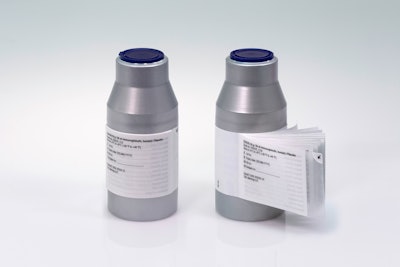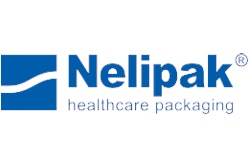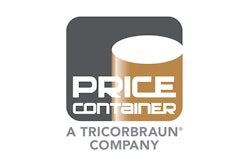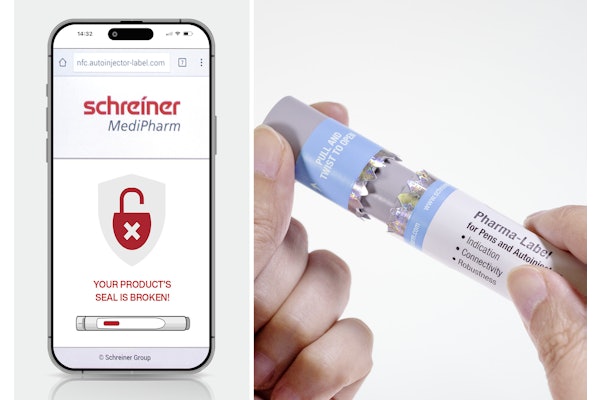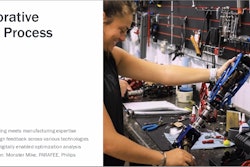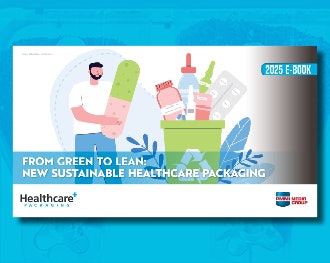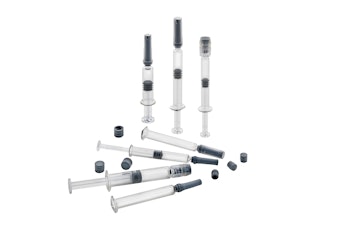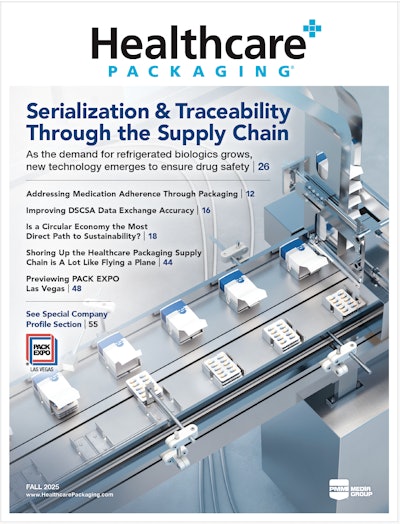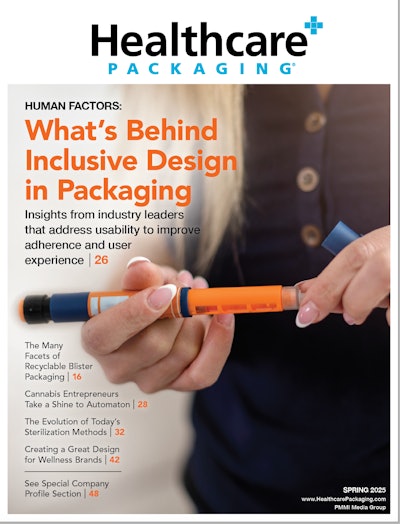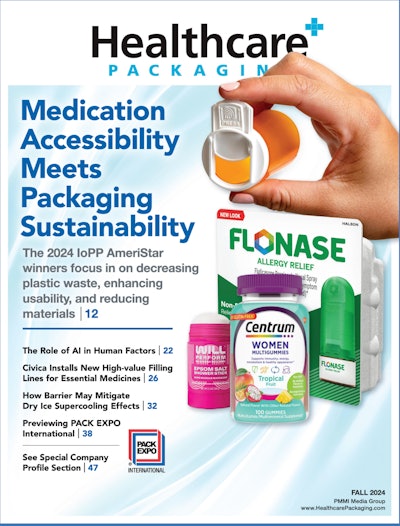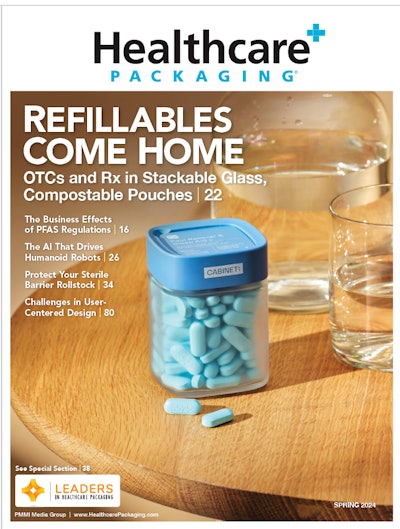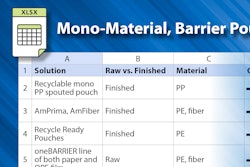Blinding in clinical trials must not be overlooked. Back in 2013, Wan et al noted in Blinding in Pharmacological Trials: The Devil is in the Details that inadequate blinding in pharmacological trials can lead to trial delays and increased costs, “and can also potentially place the entire trial at risk.”
A specialist in plasma-derived products, CSL Behring develops and produces biopharmaceuticals for bleeding disorders, immunoglobulins and intensive-care medicine. The biotech company is conducting an international Phase III study of a new immunoglobolin and is relying on a novel label combination from Schreiner MediPharm, a Germany-based global provider of functional label solutions for the healthcare industry.
See it Live at PACK EXPO Connects Nov. 9-13: Automation Solutions for Every Budget, by MGS. Preview the Showroom Here.
For the trial, CSL Behring is using transparent containers with a flip-off cap for the clinical trial. Schreiner MediPharm reports that due to visible differences between the verum and the placebo, the containers with the trial drugs must be blinded so trial participants cannot detect what they are taking, or what is being dispensed to them. In addition, the trial is being conducted on an international scale so product descriptions must be available in several languages.
Schreiner MediPharm’s Clinical Trial Supplies (CTS) personnel developed a special version of the company’s Flexi-Cap film cap system that completely covers the vial, combined with a Booklet-Label for multilingual product information.
- For blinding the vials, two opaque-printed, silver-colored film caps are used.
- One of the caps wraps around the closure and upper part of the container without covering the flip-off cap. As a result, the vial can be easily opened without impairing the blinding.
- The second cap covers the lower part and bottom of the container. A multi-page Booklet-Label providing comprehensive product descriptions in several languages retains both caps on the container.
The construction of the caps-plus-Booklet-Label is manually affixed using application aids, and can be flexibly adapted to diverse vial sizes and shapes. The combination was designed to address issues seen in some blinded trial packaging in which designs are difficult to apply while easy to peel off.
